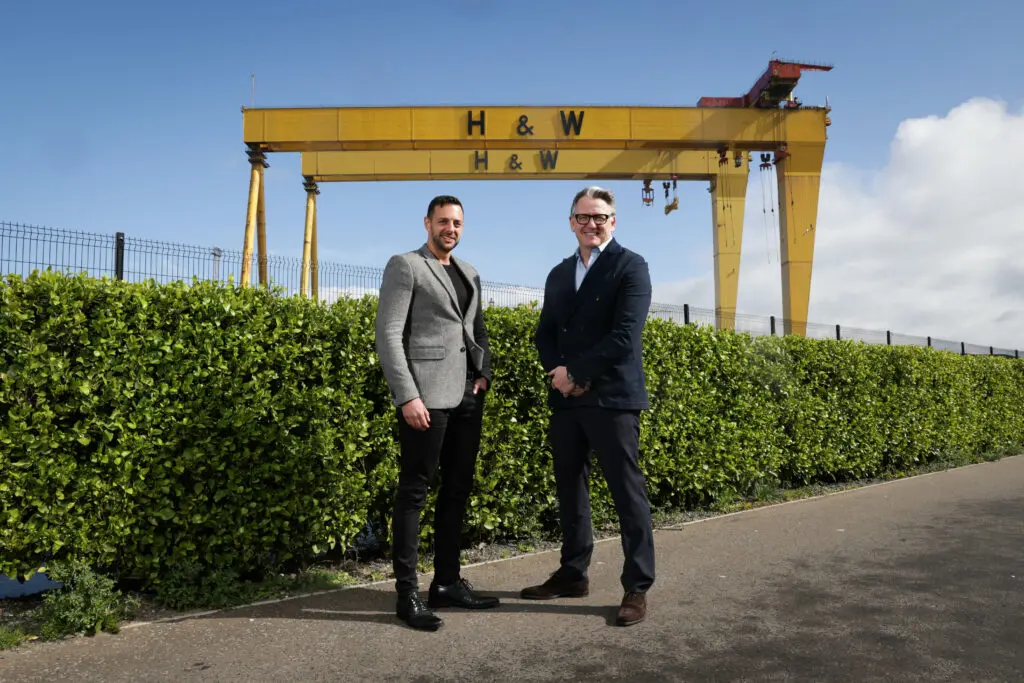As one of the leading communications and engagement consultancies, Cavendish has worked across the spectrum of sports infrastructure development from new community stadiums for Cambridge United FC and Dulwich Hamlet FC to the North West’s first inland surfing centre in Trafford.
The development of new sports infrastructure be that the construction of a stadium, training facility, or wider community facilities is not without its challenges.
While the positive impact on physical health, community engagement, and economic growth is undeniable, there are also local nuisances that accompany the construction and use of these facilities.
Striking a balance between the benefits and drawbacks of sports infrastructure development is crucial for creating a sustainable and harmonious environment.
Local impacts
The development of sports infrastructure can have a profound effect on local communities. Their construction provides a space for recreational activities and can contribute to healthier lifestyles. However, it’s essential to acknowledge the local disruptions that often accompany the construction and day-to-day running of sports facilities.
During the development stage there will be noise, increased traffic, and disruptions to the daily lives of residents. Construction activities may lead to inconvenience and disturbances. Post-construction, sport events will result in an influx of visitors contributing to traffic congestion, parking issues, and making travel challenging for those living nearby. Noise from games, cheering crowds, and other related activities may disrupt the tranquility of the community.
Good communication, and most importantly, early communication, can negate many of the challenges of development. When Cavendish was brought on to support the Cambridge United FC development, the plans had already received local backlash from stakeholders and the community. To help navigate this complex position, Cavendish engaged people in a formal consultation that helped to continue building trust, while reaching those who may not have previously been engaged. Building trust in the community during planning should then continue during construction.
Despite the challenges, the benefits of sports infrastructure development often outweigh the negatives. Short-term inconveniences brought about by construction and increased activity are eclipsed by long-term advantages for the community.
The economic stimulus generated by sports-related tourism and increased local business activity can offset the disruptions. Local authorities can implement strategic planning and traffic management measures to mitigate the impact on residents. The sports organisations themselves can also lessen the impact on the local community by putting on special bus services and encouraging active travelling to events.
Wider benefits
Sports organisations can actively involve the community in the planning and decision-making processes. Seeking input from residents ensures that concerns are addressed and solutions are tailored to the unique needs of the community. Open communication channels foster a sense of partnership, allowing residents to understand the long-term benefits that sports infrastructure can bring.
Noise and traffic may be temporary inconveniences, but the economic benefits sports infrastructure brings are enduring. Increased tourism, job creation, and business opportunities contribute to the overall prosperity of the community. A surge in activity around sports facilities creates a thriving ecosystem. The community around a sports or leisure development needs to be brought along on the journey so they can feel involved in shaping the plans and begin to understand the long-term benefits.
Local and national pride are often tied to sporting achievements and well-developed facilities contribute to a region’s reputation both locally and nationally. Hosting international competitions not only showcases a nation’s capabilities but also fosters a sense of unity and pride among citizens.
In navigating the complexities of sports infrastructure development, it’s essential to acknowledge and address the challenges that may arise at the local level. The noise, traffic, and disruptions are undoubtedly factors that require careful consideration. However, in the grand scheme of things, sports infrastructure development is a multifaceted endeavour that brings about positive changes at the local and national levels.
Good communication breeds successful planning results. Sports is ingrained in our communities and proactive communication around the impacts and benefits of sports-orientated developments can form a compelling narrative. Beyond the physical structures, it nurtures a sense of community, encourages a healthier lifestyle, and stimulates economic growth. Balancing the impact with the wider benefits is essential for creating a sustainable and inclusive sports ecosystem that enhances the overall well-being of individuals and societies alike.
If you would like to speak to our regional experts on how to unlock your sports or leisure opportunity, then please contact us below.




